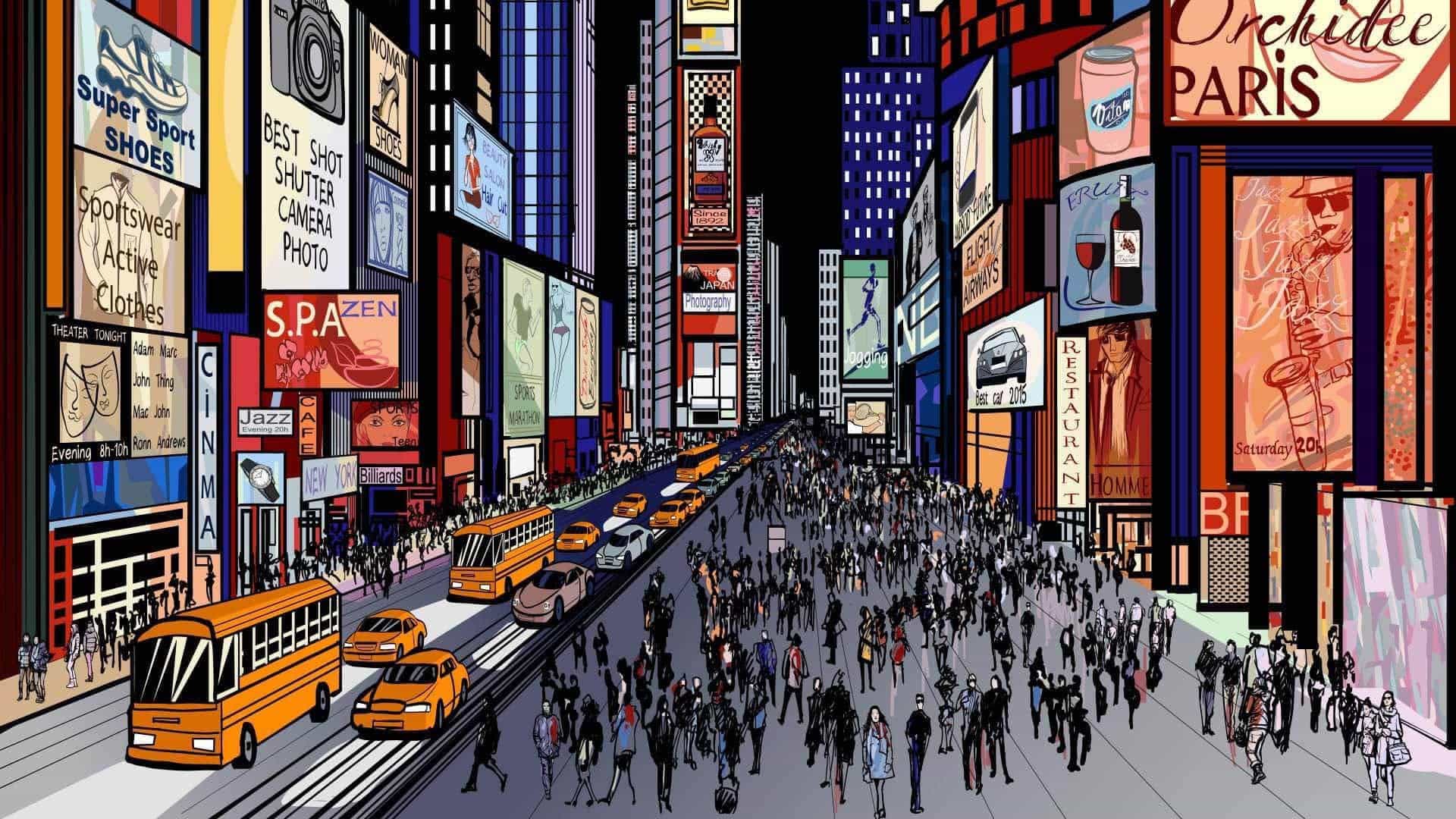No self-driving car will leave the garage without a computer crammed with detailed maps. But creating such detailed location intelligence—and keeping it updated—is no small task. Finding new ways to create those maps is an area ripe for entrepreneurial exploration.
In a recent Wired article, “Your Next Gig: Map the Streets for Self-Driving Cars,” Steven Levy reports on a company that has pioneered a fast way to capture America’s roadway locations in 3D. San Francisco-based startup Mapper created a compact device that can sit inside a personal vehicle and record street-level 3D imagery. Levy writes:
Mapper’s solution is to create an army of part-time workers to gather data that will accrue to a huge “base map” for autonomous cars, and to update the map to keep it current.
Harness the Crowd
Lasers, or the lack thereof, are central to Mapper’s story. Until now, many autonomous-car manufacturers have relied on lidar, a laser-based technology, to create and update the maps that provide location intelligence to their vehicles. But millions of lasers are difficult to cram into a small package. Mapper created an optical sensing array that approximates the accuracy of lidar but bypasses lasers altogether. As Wired reports:
The company has created a femur-sized plastic device called the S1, which has multiple cameras and sensors that goes over one’s dashboard and [has] a single cable connecting it to the cigarette lighter for power. It wirelessly syncs with a driver’s iPhone.
Mapper has already enlisted 10,000 private citizens to install the devices, and pays them for doing so. As drivers roll through cities across the country, the S1 continually updates maps with data from the device’s multiple high-resolution cameras—essentially creating a digital twin of the country’s road infrastructure.
Thus, rather than sending out their own customized vans to perpetually map cities with lidar, manufacturers could subscribe to a crowdsourced basemap, Levy notes in the article.
Once it creates the base map and keeps updating it—”like a living organism,” says [Mapper CEO Nikhil] Naikal—Mapper can license the product to customers such as automakers, transportation services like Uber, and even technology companies like Apple and Waymo.
Growing Competition
While Mapper was in R&D mode, other heavy hitters were developing their own automated mapping services. Mapper’s competitors include the Marc Andreessen-funded DeepMap; Ford-funded Civil Maps; and Mobileye, recently acquired by Intel. Just last June, a company called Carmera emerged from stealth with a business model similar to Mapper’s—the twist being that Carmera harnesses delivery fleets to update its maps.
The companies are angling to create a service they can sell to the automated-vehicle industry, helping automated cars reach the market more quickly.
“If a base map is adopted by Detroit,” Levy writes, “why wouldn’t the tech companies themselves sign on? For instance, Waymo says that . . . once its systems mature, it may well consider outsourcing the work.”
This disruption could be short-lived but lucrative. As carmakers begin to incorporate more sensors into vehicles to improve visual data collection, the need for devices like Mapper’s could be replaced by a larger, involuntary, no-cost fleet of data capturers—everyday drivers. Levy continues:
Though Mapper’s founders don’t say it directly, those 10,000 part-timers who rack up a few bucks following the company’s exacting instructions will dwindle when Mapper starts making use of the built-in, road-facing cameras that will inevitably be standard equipment in the cars of the near future.
Before self-driving vehicles become ubiquitous, manufacturers will need to find ways to speed up and scale the creation and maintenance of detailed maps. Startups like Mapper are vying to become major players in this new location intelligence game.
(Photo courtesy of Dimitri Tyan.)











